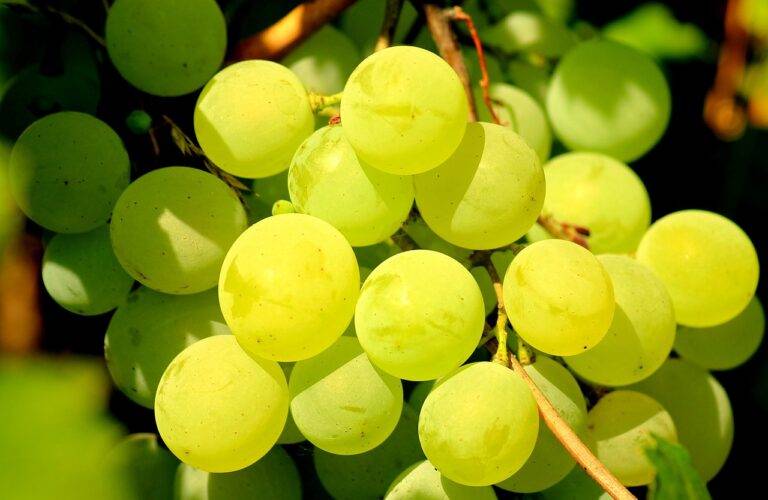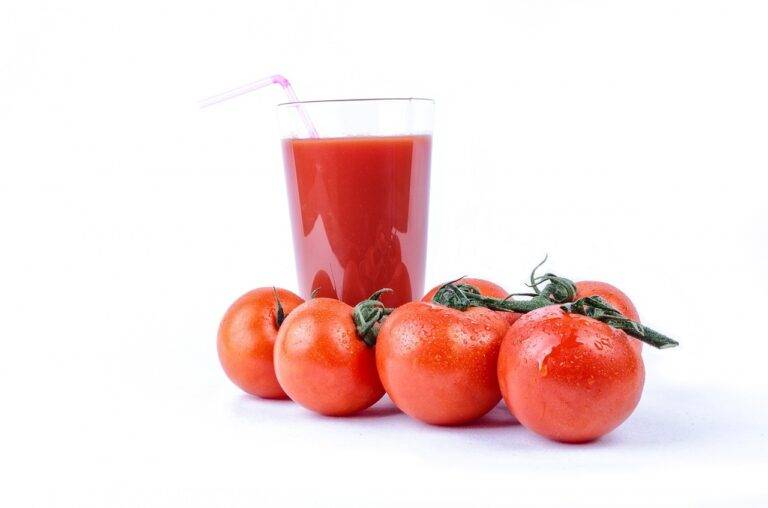The Impact of Globalization on World Cuisines
Traditional dishes have long been an integral part of many cultures around the world. Passed down through generations, these recipes have evolved over time, adapting to changing tastes and influences. From simple ingredients to elaborate preparations, traditional dishes often reflect the history and values of a particular region or community.
As societies have become more interconnected through globalization, the evolution of traditional dishes has accelerated. The introduction of new ingredients, cooking techniques, and flavors from different parts of the world has sparked creativity in the kitchen. Chefs and home cooks alike are experimenting with fusion cuisine, blending traditional recipes with foreign influences to create innovative dishes that appeal to a diverse palate.
Incorporation of Foreign Ingredients
In today’s culinary landscape, traditional dishes are undergoing a transformation through the incorporation of foreign ingredients. This shift has introduced a global fusion of flavors to local cuisines, offering diners a unique and exciting gastronomic experience. From Japanese miso in Italian pasta dishes to Indian spices in Mexican tacos, chefs are pushing boundaries and creating innovative dishes that challenge the norms of traditional cooking.
The use of foreign ingredients not only adds depth and complexity to familiar flavors but also reflects the interconnectedness of cultures in our increasingly globalized world. By experimenting with diverse ingredients sourced from around the globe, chefs are able to offer a fresh perspective on traditional dishes, highlighting the evolution of cuisine as a dynamic and ever-changing art form. As diners become more adventurous and open to trying new flavor combinations, the incorporation of foreign ingredients continues to play a pivotal role in shaping the culinary landscape of today.
Why do chefs incorporate foreign ingredients into traditional dishes?
Chefs incorporate foreign ingredients into traditional dishes to add new flavors, textures, and experiences to the dish. It can also help create a fusion of different cuisines.
How can incorporating foreign ingredients benefit a traditional dish?
Incorporating foreign ingredients can add a unique twist to a traditional dish, making it more exciting and appealing to a wider audience. It can also introduce new flavors and ingredients that may not be commonly used in the original recipe.
Are there any challenges in incorporating foreign ingredients into traditional dishes?
Yes, there can be challenges in incorporating foreign ingredients into traditional dishes, such as ensuring that the flavors complement each other and maintaining the authenticity of the original dish while adding a modern twist.
Can incorporating foreign ingredients change the cultural significance of a traditional dish?
Incorporating foreign ingredients can change the cultural significance of a traditional dish to some extent, as it introduces new elements that may not be part of the original cultural heritage. However, it can also help create a new cultural fusion that celebrates diversity and innovation in culinary arts.
How can home cooks incorporate foreign ingredients into traditional dishes?
Home cooks can incorporate foreign ingredients into traditional dishes by experimenting with new flavors and ingredients, following recipes from different cultures, and being open to trying new combinations. It can be a fun and creative way to elevate their cooking skills and expand their culinary repertoire.





